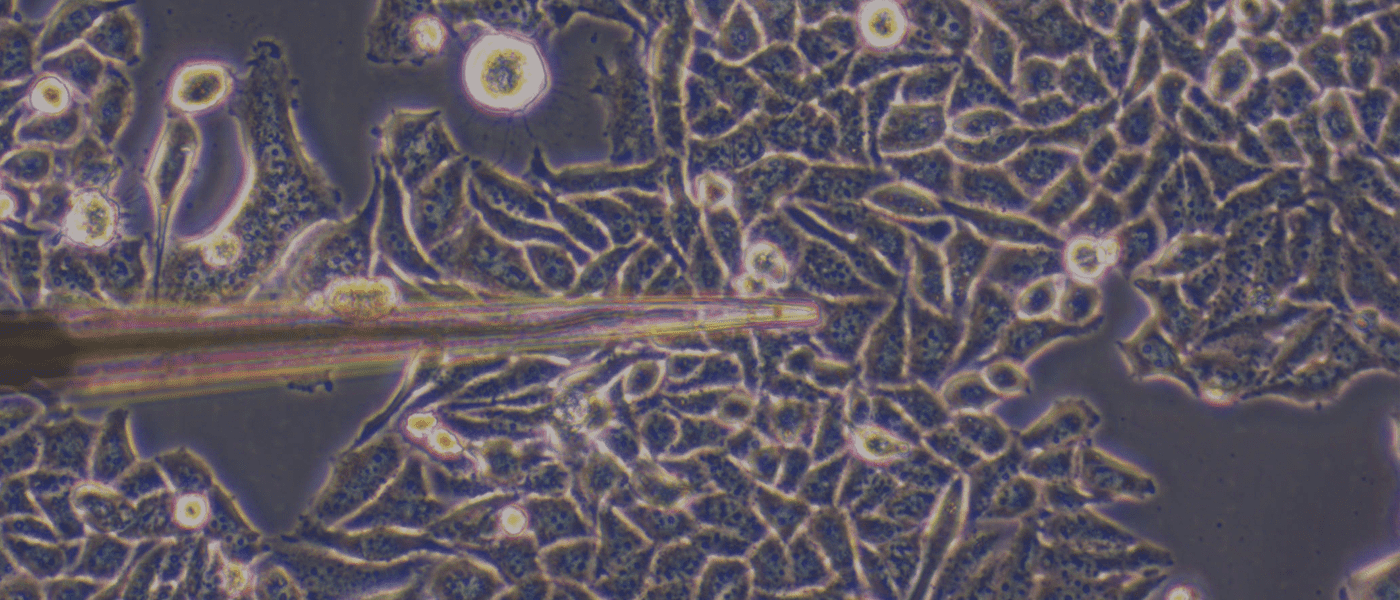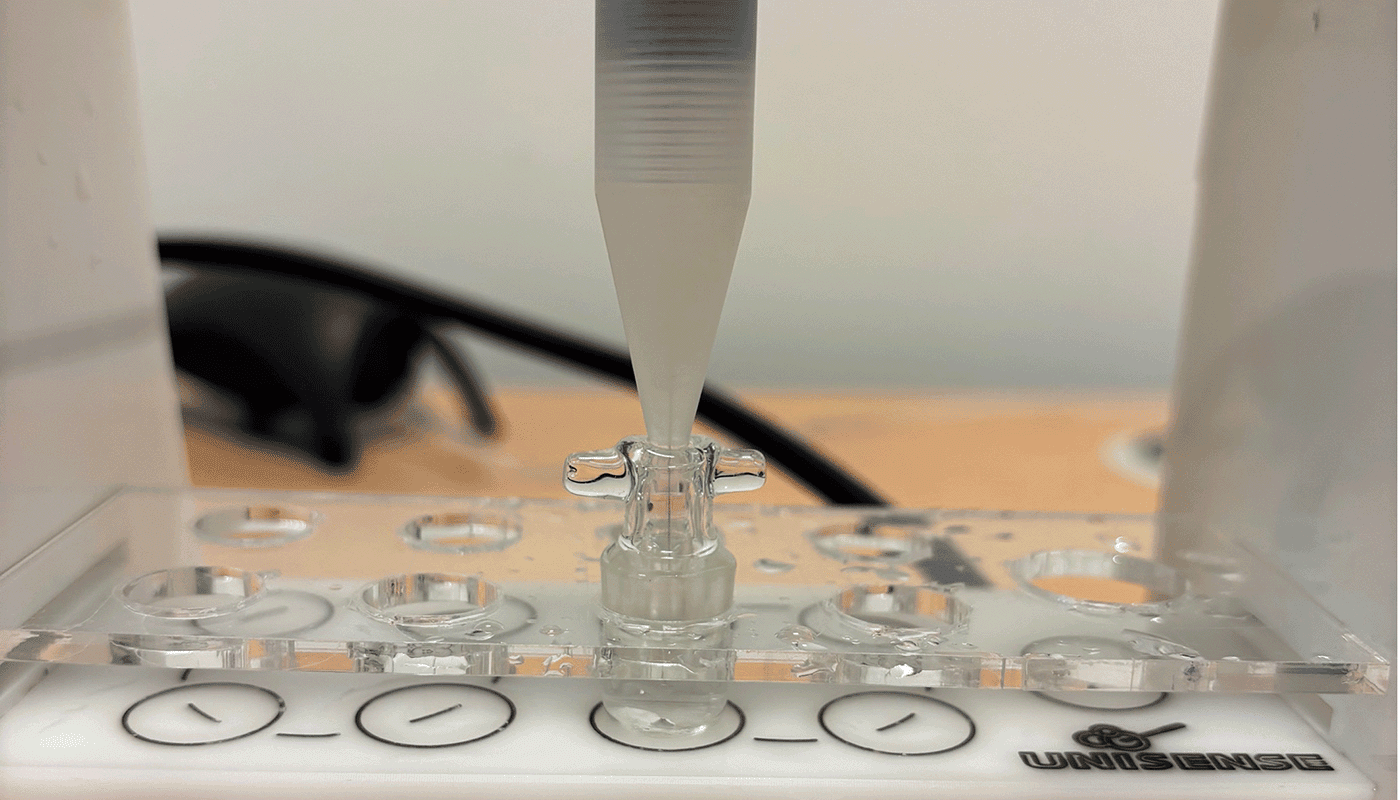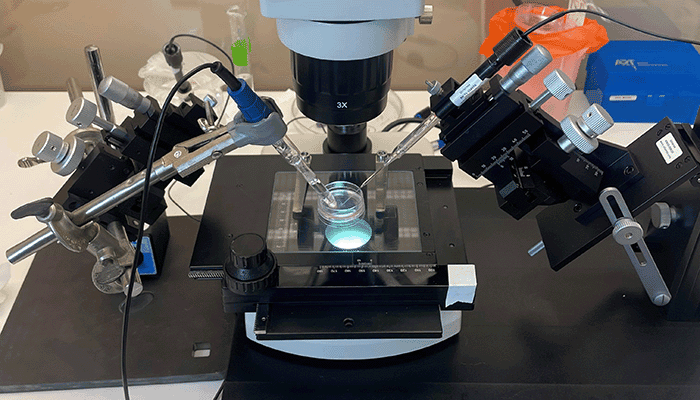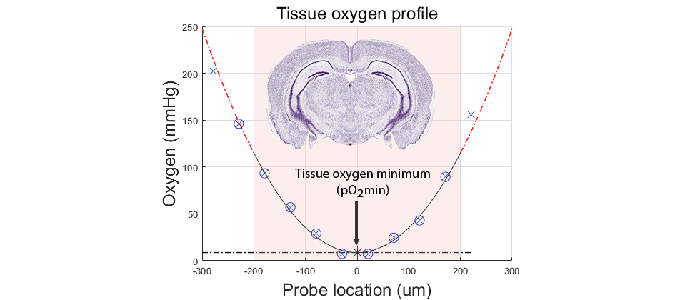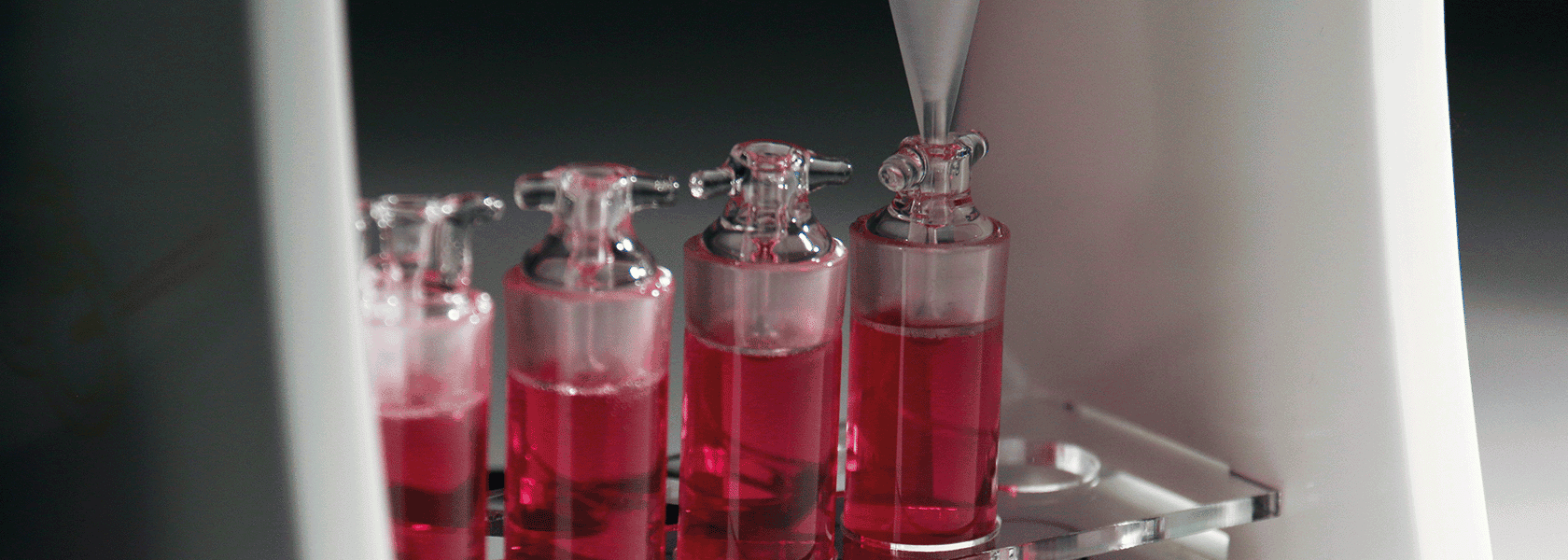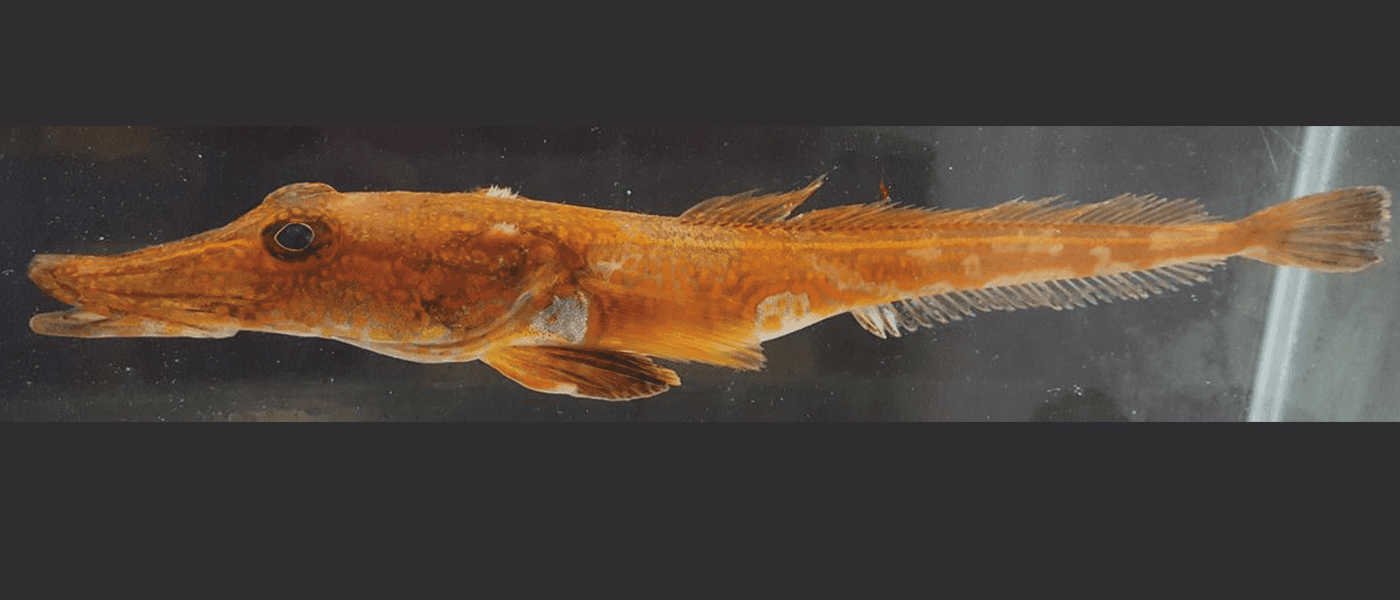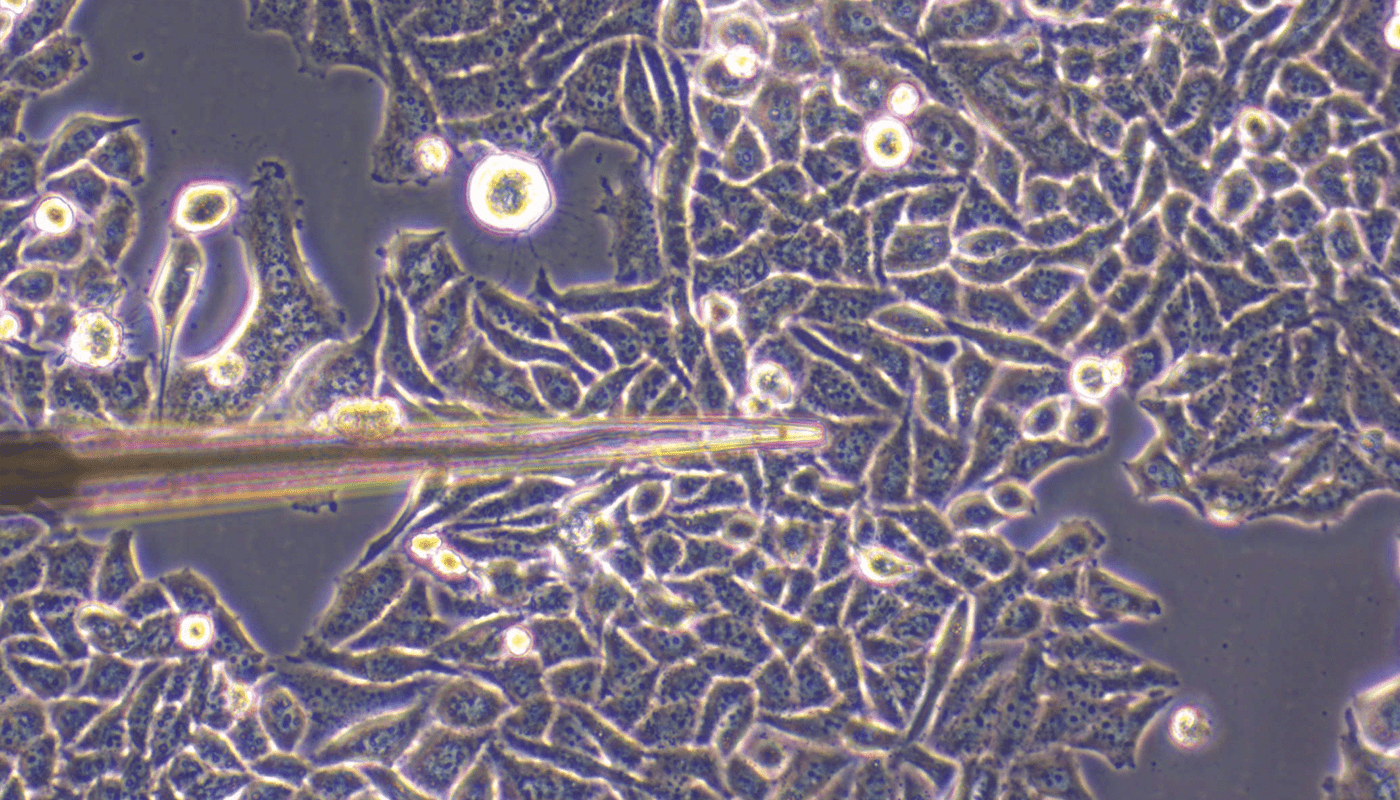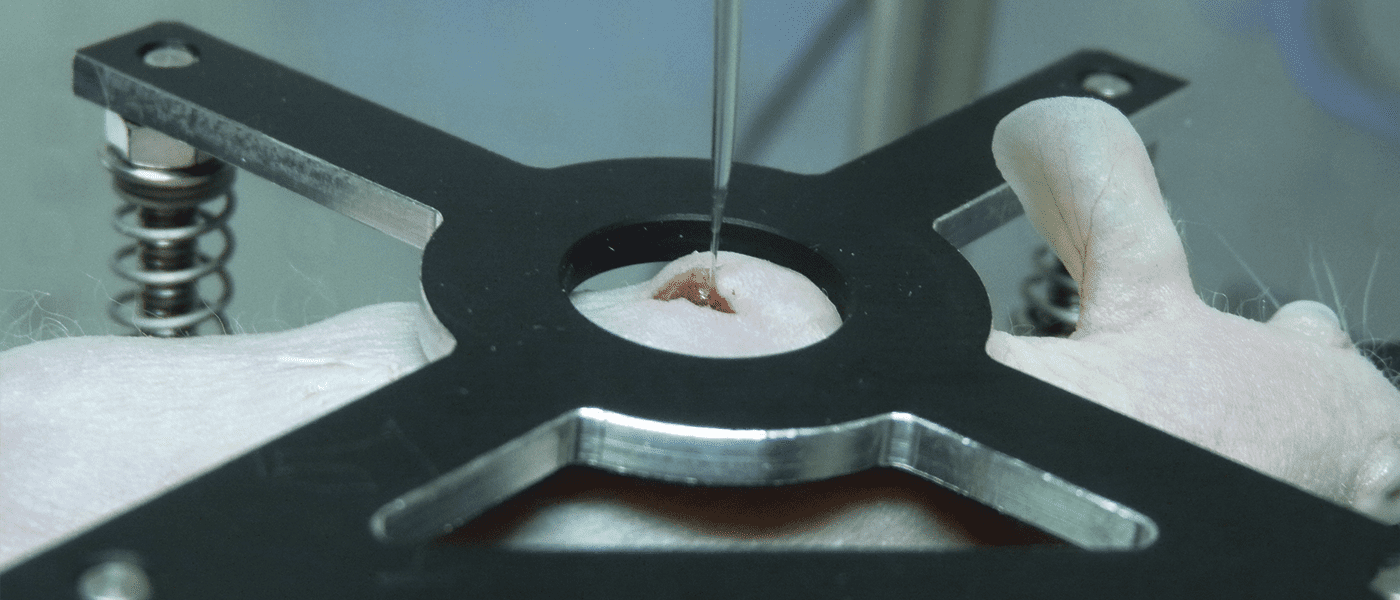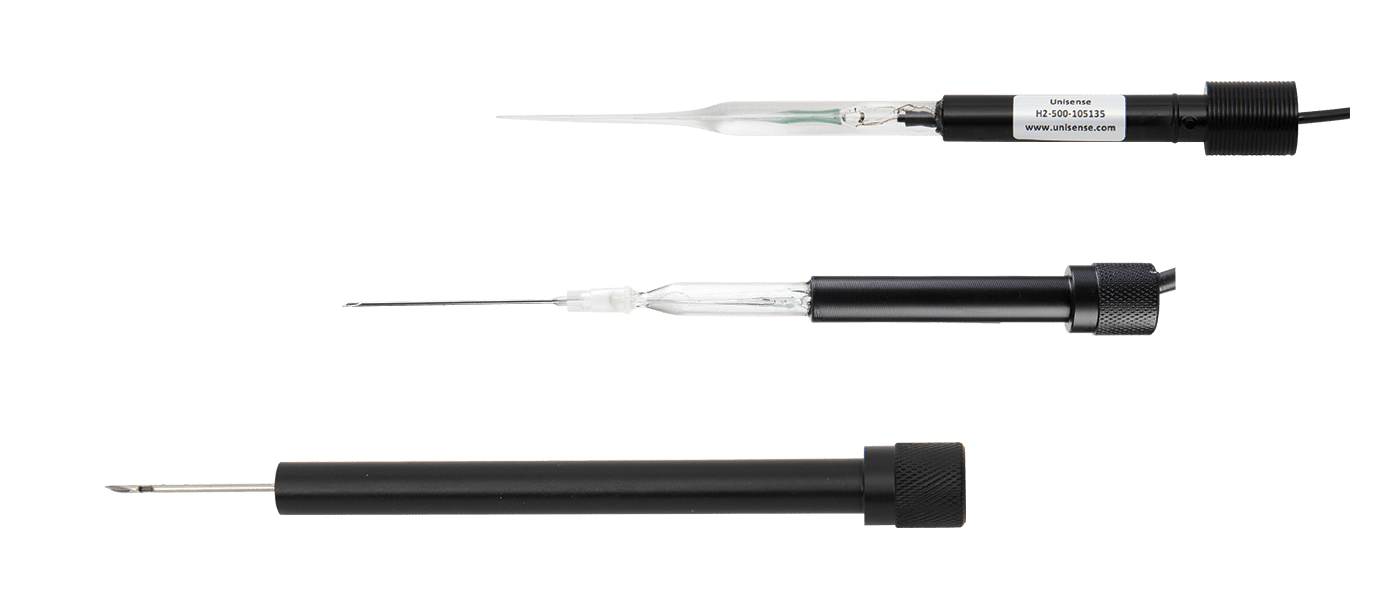Inhibition of metabolic activity in acute myeloid leukemia
Associate Prof. Lotte Bonde Bertelsen and her team investigated 2-DG-induced metabolic shifts in cancer cells as a proof-of-concept for targeting glycolysis in leukemia. Read more...
Profiling pH in Gastrointestinal Human Organoids
Dr. Katrina Lyon and her team set out to solve the challenge of replicating the stomach’s extreme pH environment using human organoids. Read more...
Using tissue oxygen levels to assess ex vivo brain slice quality
Dr. Logan Voss and his team have investigated how the measurement of tissue oxygen partial pressure can provide an easy, quick, and reliable method for screening and controlling for variation in ex vivo acute brain slice viability. Read more...
Microsensors in Cancer Research
Dr. Ravera from the University of Genova performed real-time measurements of the respiration rate of 4T1 cells during the addition of respiratory substrates and inhibitors. The MicroRespiration System makes it possible for you to inject substrates while measuring, and enables you to study the effect of adding e.g. electron transport chain substrates, inhibitors, or drugs to the cells in closed chambers. Read more...
Microsensors in Comparative Medicine Research
The Channichthyidae icefish from Antarctica are white-blooded. This means that they have very few red blood cells and no hemoglobin to transport oxygen around in the body. Dr. Henrik Lauridsen from Aarhus University used microsensors to understand how the icefish can maintain oxygenation of the retina, which has a high oxygen demand, without the use of hemoglobin. Read more...
Cell Culture Profiling
In this application note, a research group studied the oxygen consumption of a carcinoma cell monolayer. The studies were made possible with a set-up mounted on an inverted microscope to make it possible for the user to observe when the sensor tip touched the flask bottom. Read more...
H2 measurements in mice
In this study, Kuhlmann et al (2012) determined H2 concentration in the gas cavities of magnesium implants and monitored how quickly H2 exchanged with the environment. The measurements could help determine the cause for the quick corrosion of magnesium implants in aqueous environments. Read more...
Biomedical implications of H2 enriched drinking water
H2-enriched water has been reported to contribute positively to health and body recovery processes. In this application note, Kamimura et al. (2011) studied the effect of H2-enriched drinking water as a biomedical treatment. Read more...
Products
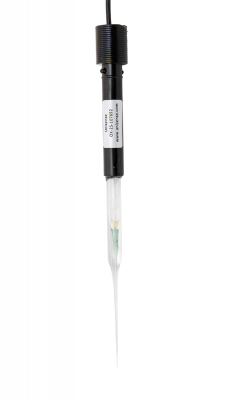
High performance oxygen microsensor
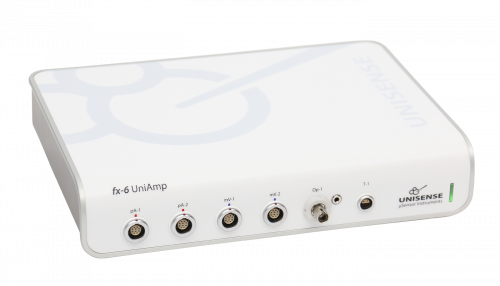
UniAmp Multi Channel for all Unisense sensors and electrodes including optical sensors
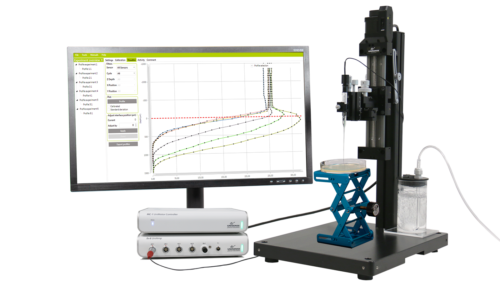
Microprofiles with extreme accuracy, high spatial and temporal resolution

Water resistant Field MicroProfiling System to generate, study, and analyze microprofiles
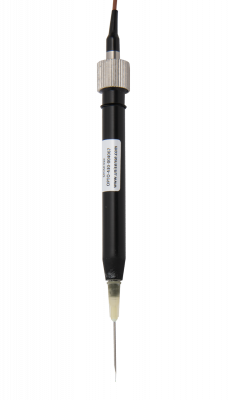
Optical oxygen sensor technology
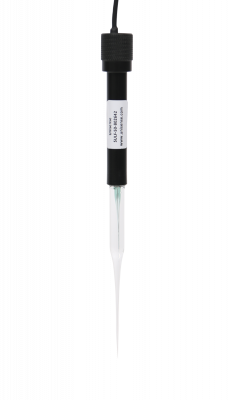
Detect hydrogen sulfide in your sample
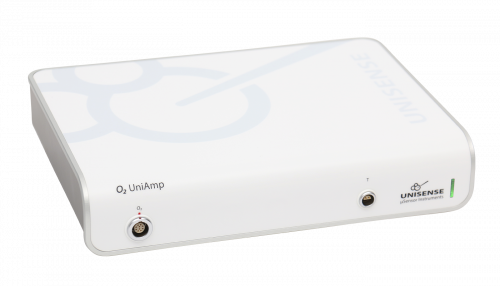
Economic amplifier portfolio for single analytes - O2, pH/mV, H2, N2O or H2S
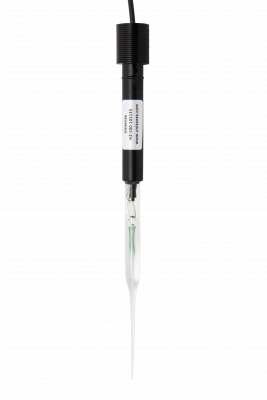
Measure dissolved and gaseous hydrogen
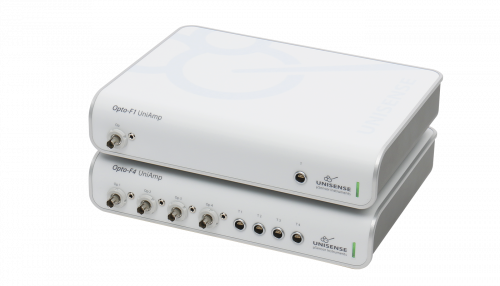
Optode meter for accurate quantification
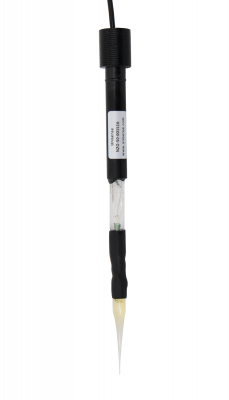
Measure dissolved and gaseous nitrous oxide
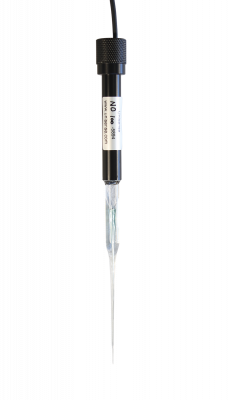
Measure minute concentrations of nitric oxide
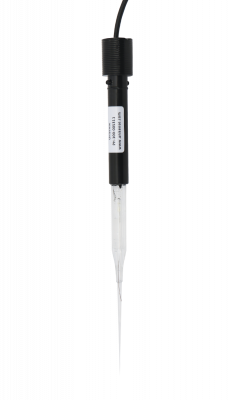
Miniaturized pH electrode
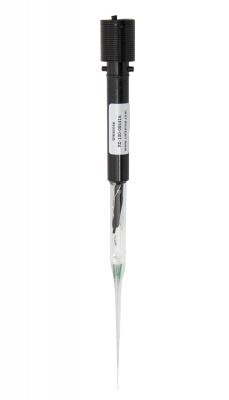
Measure redox potential in microenvironments
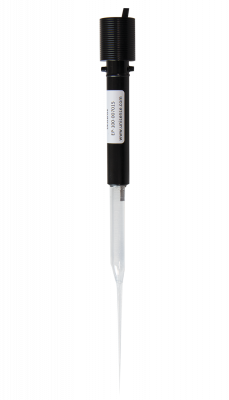
Microelectrode to measure electric potential
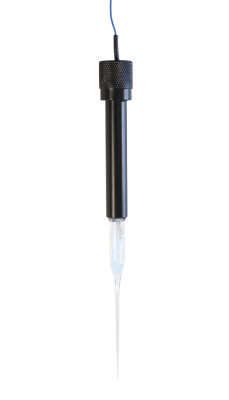
Reference electrode for pH or Redox microelectrodes

